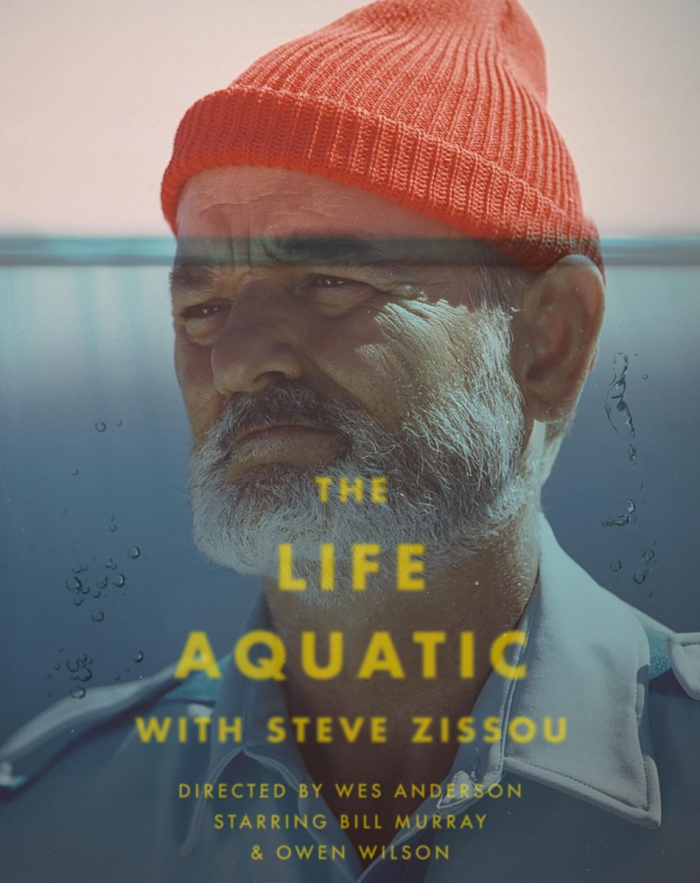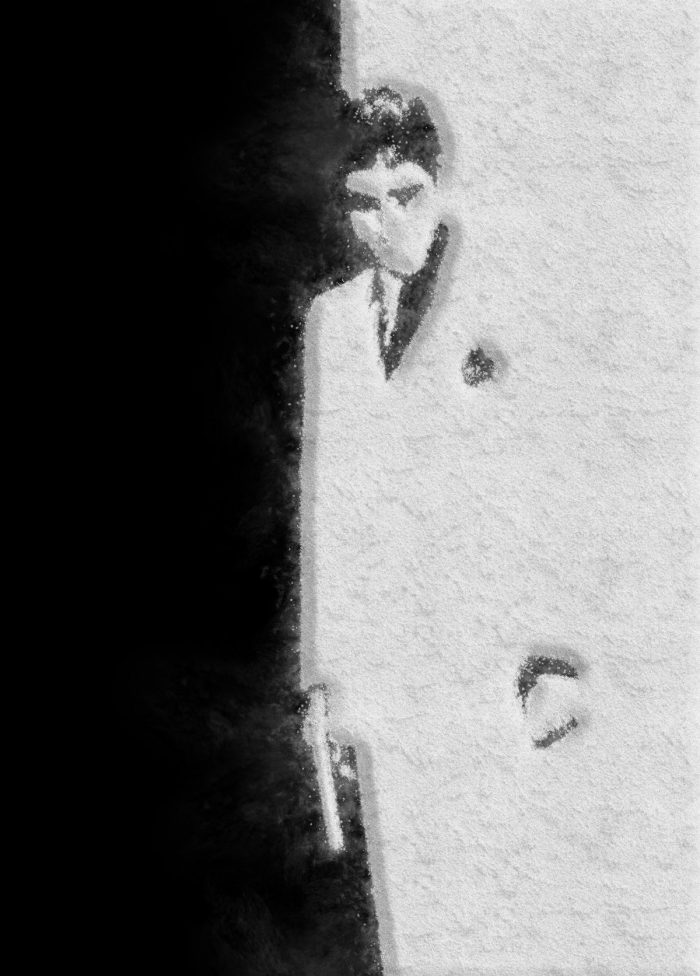We all have a favorite Quentin Tarantino scene, but the director of Pulp Fiction, Kill Bill, The Hateful Eight, and other movies that can seem made out of nothing but memorable scenes also has one of his own. “My favorite thing I think I’ve ever written is the scene at the French farmhouse at the beginning of Inglourious Basterds,” Business Insider quotes him as saying in a panel at San Diego Comic-Con. “The scene Tarantino refers to is the very first one of his brutal World War II epic” wherein “SS Colonel Hans Landa (Christoph Waltz) arrives at a remote dairy farm in France that is suspected of hiding Jewish people. Landa sits down with the farmer (Denis Menochet) and questions him about the whereabouts of the Dreyfus family.” A “tense and sneaky psychological mind game” ensues.
You can learn exactly what makes those opening twenty minutes such a miniature masterpiece in the Lessons from the Screenplay video above. Drawing from psychological research on the nature of tension and suspense, series creator Michael Tucker highlights certain “key components of tension experiences,” including uncertainty, instability, and a lack of control, and shows how Tarantino uses them to heighten the tension as much as possible throughout these seventeen minutes.
“It’s like the suspense is a rubber band,” Tarantino says in a Charlie Rose interview clip included in the video, “and I’m just stretching it and stretching it and stretching it to see how far it can stretch.”
Tarantino also uses a suite of techniques that moviegoers have come to associate specifically with him, such as long stretches of dialogue that go off on extended tangents (“Part of my plan,” he says in another interview clip, “is to bury it in so much minutia about nothing that you don’t realize you’re being told an important plot point until it becomes important”), the charged consumption of food and drink, and the potential for carnage at any moment. “The fact that the audience is aware they’re watching a Tarantino film adds to the suspense,” says Tucker. “We know there will be consequences, and that Tarantino has no qualms about showing violence.” And after the tour de force of its opening, the movie still has well over two hours of pure Tarantinian cinema to go.
Related Content:
The Power of Food in Quentin Tarantino’s Films
Based in Seoul, Colin Marshall writes and broadcasts on cities and culture. He’s at work on a book about Los Angeles, A Los Angeles Primer, the video series The City in Cinema, the crowdfunded journalism project Where Is the City of the Future?, and the Los Angeles Review of Books’ Korea Blog. Follow him on Twitter at @colinmarshall or on Facebook.






